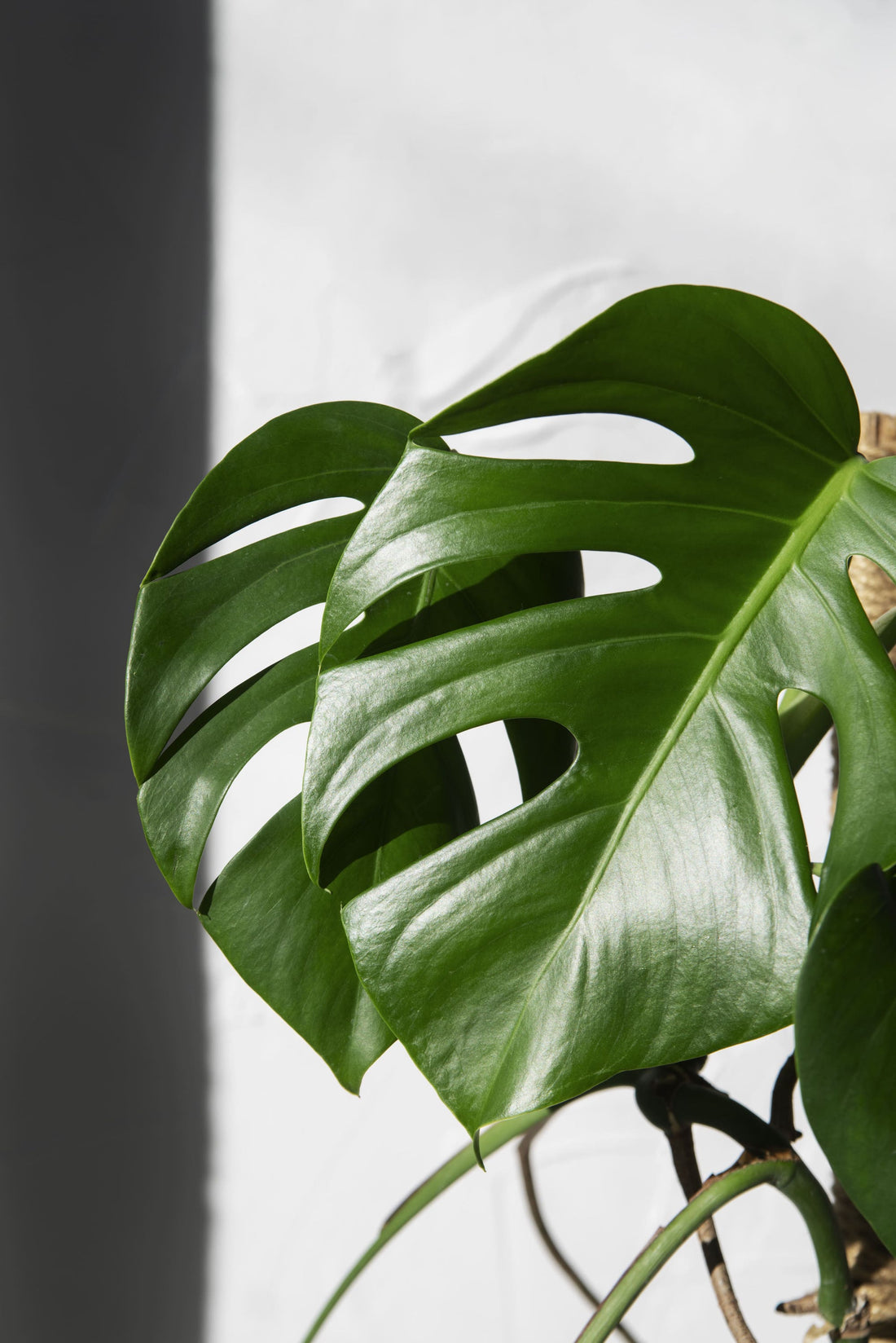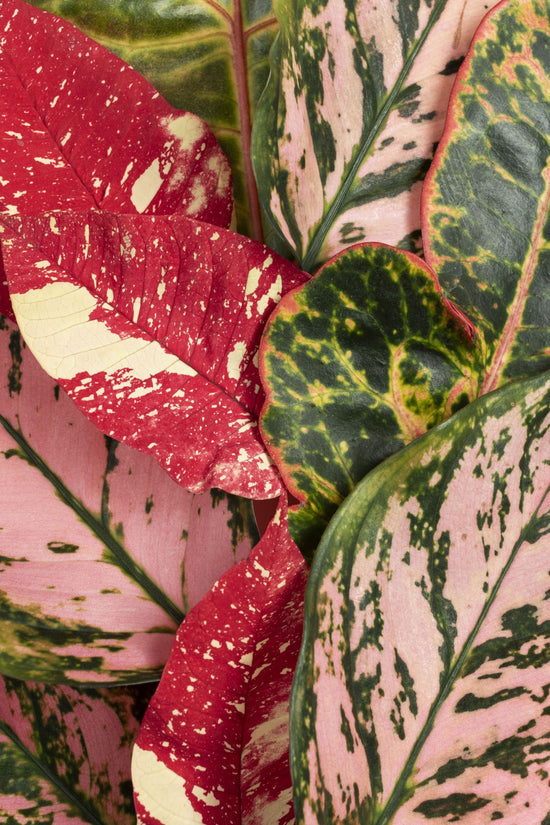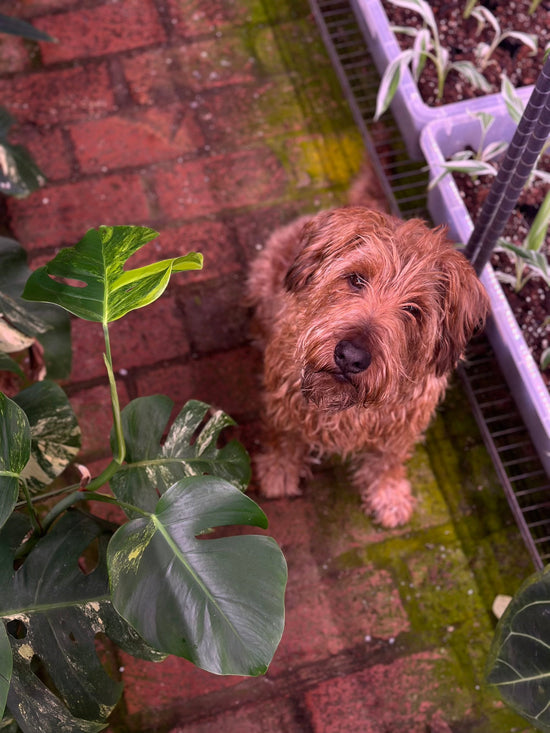Welcome to the ultimate guide to caring for your Monstera species! The Monstera, also known as the Swiss cheese plant, is not only an impressive houseplant, but also a statement piece for any room. With its large, decorative leaves and tropical flair, originally from Central and South America, it brings a piece of nature into your home.
However, in order for your Monstera to reach its full potential and thrive healthily, it requires some specific care measures. In this article, we will look at the various tricks of Monstera care and give you valuable tips and tricks on how to make your climbing plant shine.
From proper light exposure and watering to propagation and pest and disease control, here's everything you need to know to keep your Monstera happy and healthy. So grab your watering can and let's get started!
1. Light requirements of the Monstera: perfect location for your Monstera
To properly care for your Monstera, it is crucial to provide it with the right location and sufficient light. The importance of light for your Monstera plants should not be underestimated, as they love bright, indirect light. Place your Monstera in a location that is touched by sunlight, but avoid direct sunlight, which could burn its leaves.
-
Ideal location: A bright room facing north or east.
-
Make sure there are no strong heat sources nearby.
-
A bright hallway, a room with large windows or some distance from south-facing windows are perfect locations.
2. Watering the Monstera: correct watering and frequency
The art of watering this trendy plant is crucial to the well-being of your Monstera. Make sure you don't water it too often, but also not too rarely. A good indicator of when your plant needs water is the top layer of soil. If it feels dry, it's time to water.
-
Water your Monstera when the top layer of soil is dry.
-
Avoid standing water in the saucer.
-
Water every 1-2 weeks in summer and less often in winter, every 2-3 weeks.
3. Cutting the Monstera: When and how should you cut your Monstera?
Pruning your Monstera is crucial to encourage healthy growth and control its shape. A good time to prune is in spring or summer when the plant is actively growing.
-
Prune in spring or summer when the plant is actively growing.
-
Use sharp, clean tools to minimize injury.
-
Remove long vines and dead and yellow leaves to encourage new growth.
4. Humidity for the Monstera: optimal humidity in the environment of the plant
Monstera plants thrive in a high humidity environment. If your indoor air is dry, you can increase the humidity by placing a humidifier next to the plant or placing it on a bed of gravel filled with water.
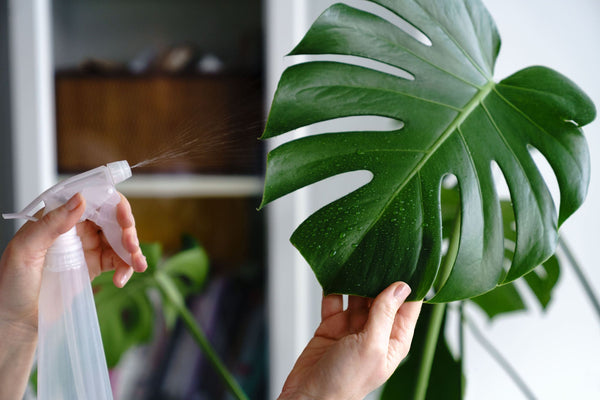
-
A humidity of 50 to 60% is ideal for the Monstera.
-
Increase the humidity with a humidifier or gravel bed and place the Monstera near other plants to achieve a natural increase in humidity.
-
Spray the Monstera leaves regularly with water to increase humidity, or place a bowl of water next to the plant or use a humidifier.
5. Repotting the Monstera: When and how should the Monstera be repotted?
Regular repotting of the Monstera is part of the basic care tips for your houseplant. A good time to do this is in spring, when it begins to grow actively. Make sure to choose a pot that is about 2 to 5 centimeters larger than the current pot to provide enough space for new root growth.
-
Repot every 1-2 years in spring when the roots have completely penetrated the pot.
-
Choose a slightly larger pot for enough space, about 2-5 cm larger than the current one.
-
Use high-quality potting soil with good drainage.
6. Soil and substrate for the Monstera: the right soil and substrate composition for healthy growth
The right soil is very important for the optimal care of the Monstera. Well-drained, humus-rich soil provides the roots with enough nutrients and air.
-
Use a high-quality potting soil with a high proportion of organic material.
-
Mix in some coarse sand or perlite to improve drainage.
-
Make sure that the soil is not too compacted to avoid waterlogging.
7. Fertilizing the Monstera Deliciosa: When and how should the Monstera be fertilized?
Regular fertilization is important to provide your Monstera Deliciosa with sufficient nutrients and promote its healthy growth.
-
During the growing season, fertilize your Monstera approximately every 4 to 6 weeks with a balanced liquid fertilizer.
-
Use a fertilizer rich in nitrogen, phosphorus and potassium to encourage vigorous growth and abundant flowering.
-
Be sure to follow the fertilizer dosing instructions carefully to avoid over-fertilizing.
8. Aerial roots of the Monstera: Why it is important not to prune the aerial roots
The Monstera's aerial roots play an important role in water absorption and the stability of the plant. Pruning these roots can hamper the Monstera's growth and make it more susceptible to disease.
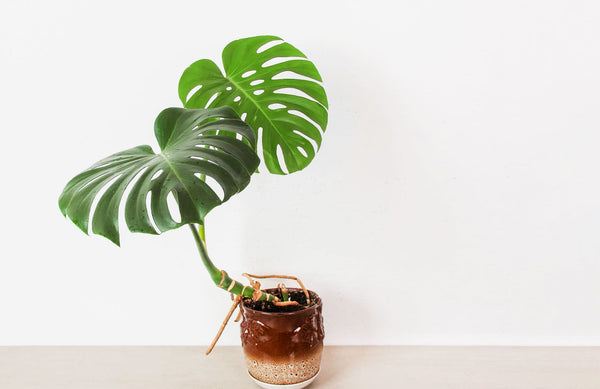
- Allow the aerial roots to grow undisturbed to support the health and growth of the plant.
- If necessary, you can carefully repot the aerial roots without pruning them to encourage root growth.
- The aerial roots can also be aesthetically pleasing and give the Monstera a tropical look.
9. Propagation of the Monstera: Propagation by cuttings and offshoots
Propagating your Monstera is a great way to expand your plant collection or share it with friends. Cuttings and offshoots are two common methods for propagating Monstera.
-
Cut off a healthy shoot with at least one leaf and place it in water or directly in moist soil to form roots.
-
Make sure the cutting gets enough light and warmth to promote root growth.
-
Seal the cut with wax to prevent rot and encourage root growth.
10. Most common pests and plant diseases in Monstera
Despite its robustness, the Monstera can also be affected by houseplant diseases and pests. The most common problems include spider mites, aphids and mildew.
-
Check your Monstera regularly for signs of pests such as sticky residue, discolored leaves or fine cobwebs.
-
Treat infestations early with suitable insecticides or natural home remedies such as neem oil.
-
Make sure to care for the plant properly and provide it with optimal growing conditions to make it more resistant to diseases.
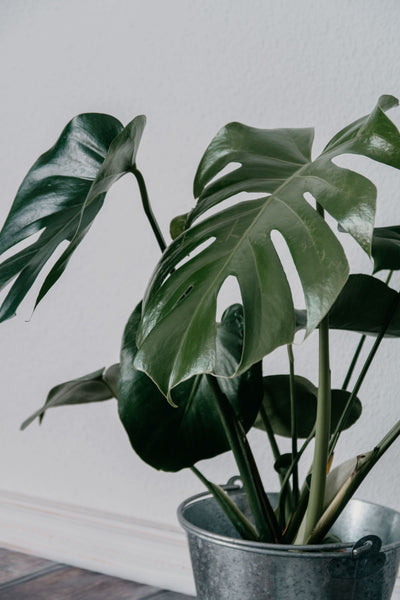
FAQs on Monstera care
Are Monstera poisonous to pets and children?
Yes, Monstera plants contain toxic substances that can be harmful to pets and children if consumed. The leaves and stems contain oxalates that can cause irritation in the mouth and stomach if swallowed. It is advisable to keep Monstera plants out of reach of pets and small children to avoid accidents.
Is the Monstera high-maintenance?
Compared to some other houseplants, the Monstera is relatively easy to care for. All it needs is regular watering, sufficient light and occasional fertilization. With proper care, the Monstera can thrive for many years and reach an impressive size.
Why are the stems and leaves of my Monstera plant drooping?
Drooping stems and leaves can indicate that your Monstera plant is not getting enough light or water. Check the plant's location and water it when the top layer of soil is dry. Propping up the plant or repotting it may also help to straighten it up.
Why are my Monstera leaves yellow?
Yellow leaves can be a sign of several problems, including overwatering, underwatering, lack of light, or nutrient deficiencies. Check your Monstera plant's care conditions and try to identify the problem. You may need to adjust watering, move the plant to a brighter location, or fertilize it to fix the problem.


